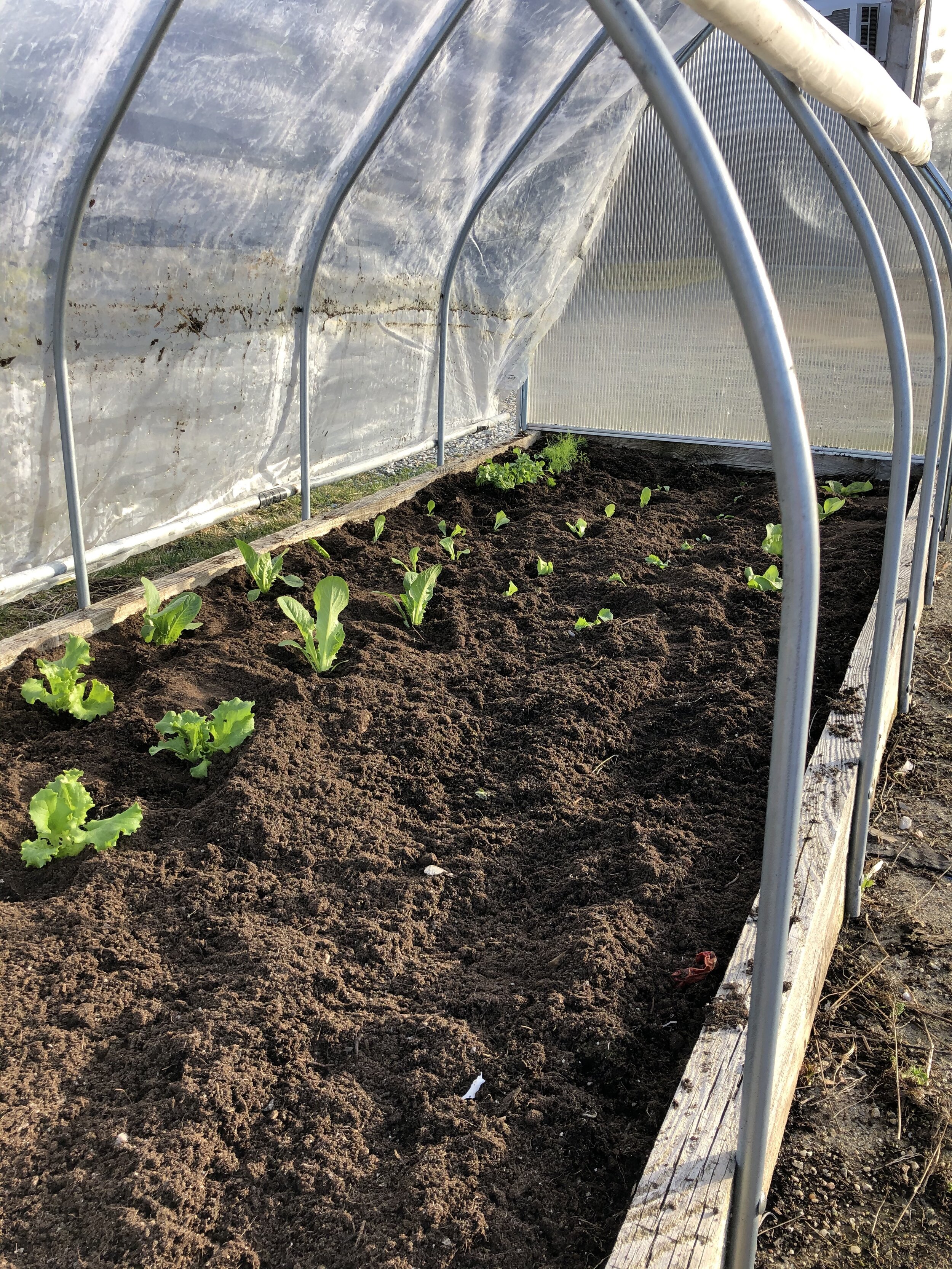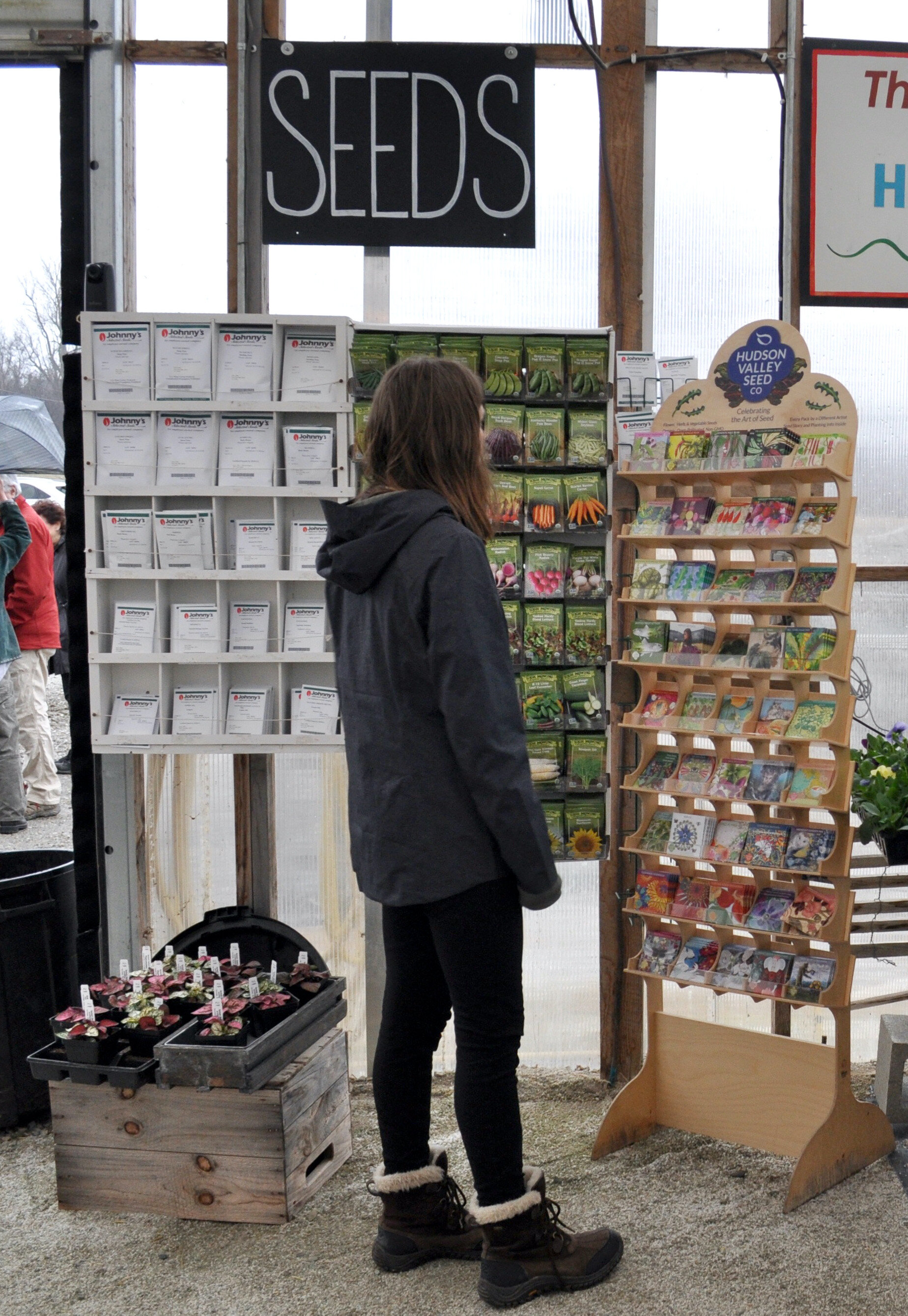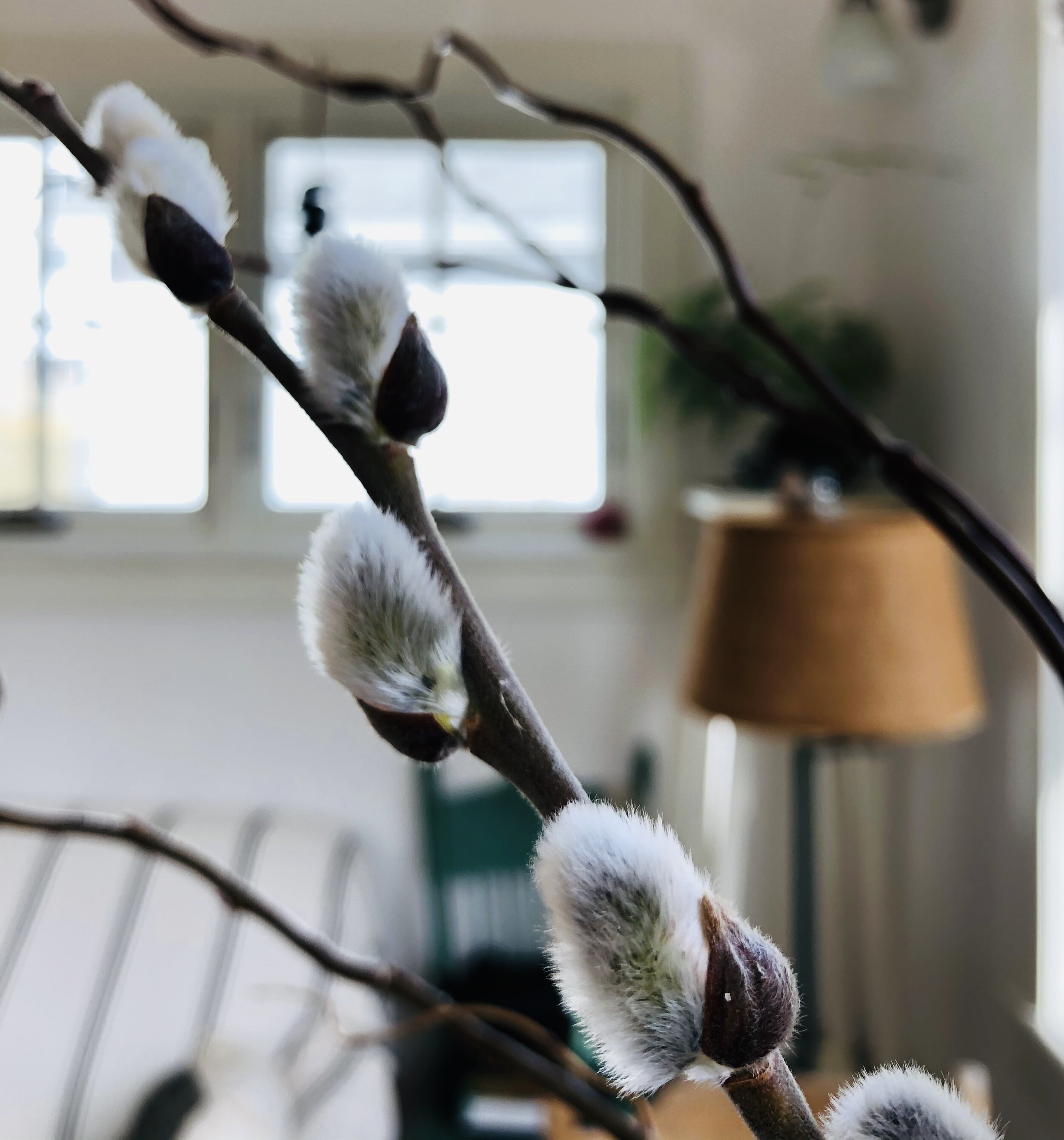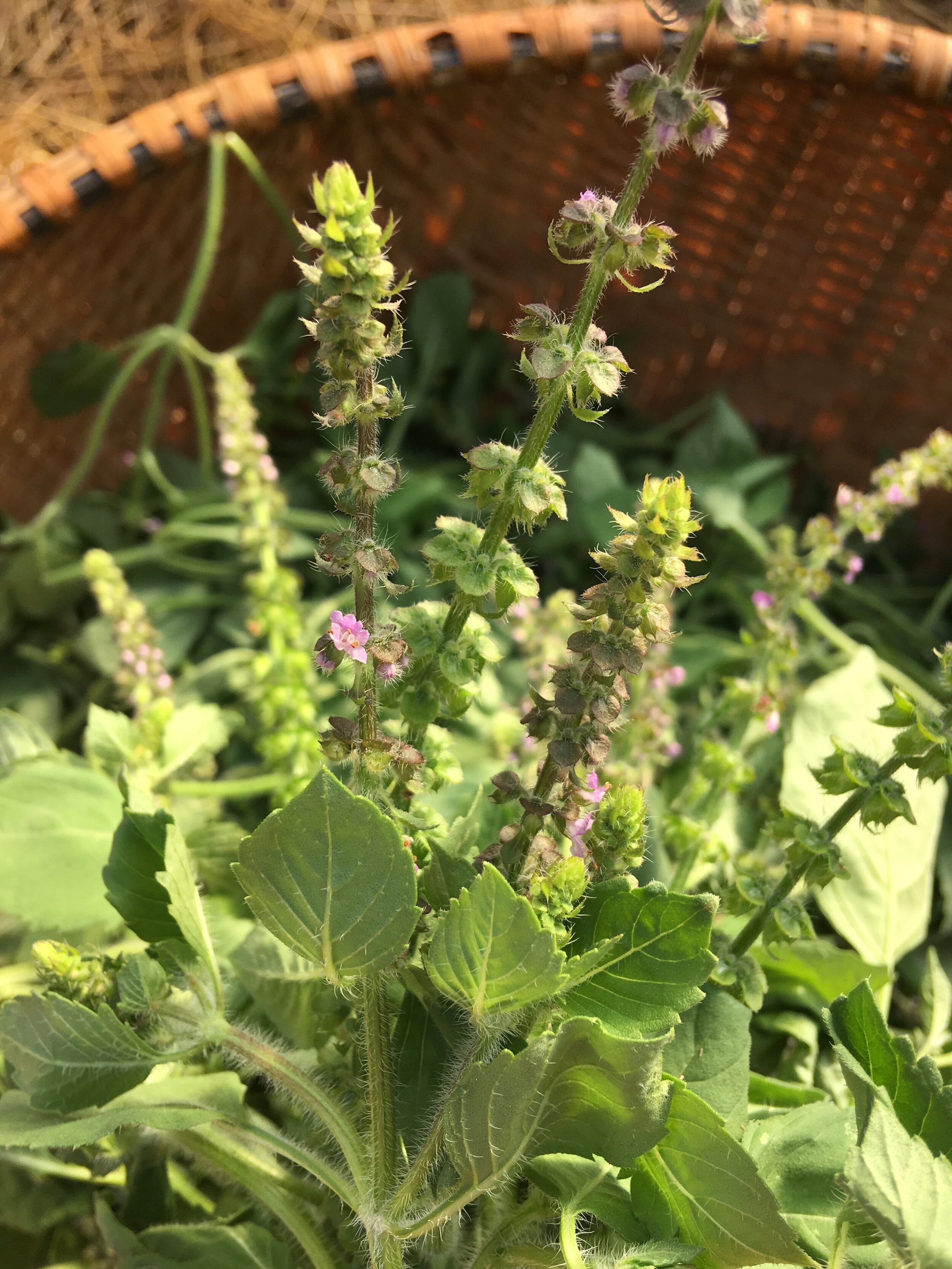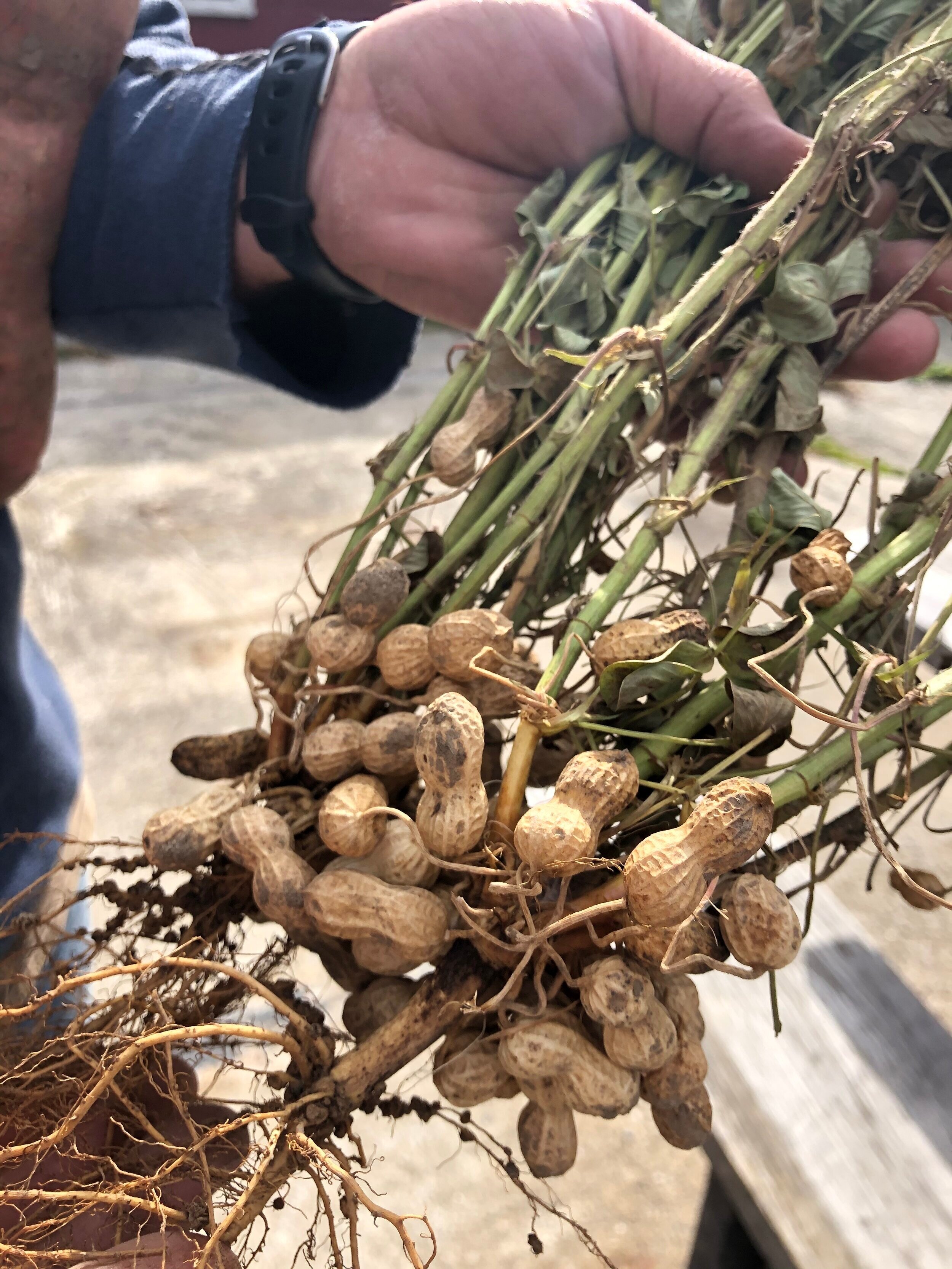Pansies can live through an ice storm!
We are open for online sales with home delivery and curbside pick up options. You can order here.
Garden tip: Harden off your plants before you transplant them. See how below.
Have fun in the garden. It is the best place to be right now.
Thank you all so much for the incredible support you have shown us. We have been working hard to learn new tricks and I am happy to report that the on line store, pick up and delivery service we have put in place is working pretty well. There are lots of kinks to work out, and we thank you so much for all of your patience as we make it smoother. But overall, we have been moved to tears over and over again, by your kind words, your encouragement, and you plant orders. Gardening is what we all need right now.
Here are a few updates - -
You can now order individual types of plants, such as pansies by variety and color or onions and broccoli by the 4-pack. We will still have our collections for people who are happy to receive what we choose for them based on weather and timing.
We are doing away with our delivery fee in hopes that more of you stay home. We ask for a $50 minimum order, however. If for some reason that does not work for you, just let us know. We will try to be as flexible as possible.
And some gardening tips about cold season gardening…..
Newly transplanted lettuce, kale and radicchio in our mini-greenhouse cold frame.
It is still quite early in the season, and your plants will benefit from hardening off a little more before you transplant them. They will get used to the elements and fare much better through the transition into your garden. We normally do this before you buy plants from us, but this year, the early spring and every one’s eagerness to get in the garden has meant that plants have left our greenhouses without this important step in certain cases.
It is a good practice, as a gardener, to make sure that plants are tough and stocky and well rooted before you plant them. This is a fun way to get to know your plants a little more. You can easily keep them well watered while they are still in their pots, and you can closely watch how they respond to night time temperatures and then recover as the day warms up. Homeschooling plant physiology lessons abound for any of you parents trying to turn daily life into a learning opportunity!
Direct sunlight, wind, and cold are all stressors on plants just coming out of a heated greenhouse environment. Most of the plants we are currently selling on the website have been either in a cold frame or in an unheated greenhouse at this point, so they have begun the hardening off process by leaving the heated greenhouses. However, they have had covered protection at night. For best results, we recommend you keep your plants outside for 4-5 nights before transplanting them. If you start to see a little change in color, that is normal. As a response to cold temperatures, plants slow down their uptake of phosphorous and that creates the foliage to turn a little purple. They will outgrow this as spring warms up.
Once the plants are in the ground, keep an eye on the weather. All the plants we are selling now are frost hardy, but to varying degrees. The onions and pansy can live through an ice storm and multiple frosts while on the other end of the spectrum, lettuce and chard can only tolerate light frosts (30F or so) without a little protection. If you don’t have floating row cover on hand (or Reemay as it is commonly known), you can always just throw an old sheet over your plants during nights that dip down into the 20’s. They will bounce right back when the sun comes out the next day. Just like us after tough times.
Wishing you all happy gardenin,
Julie


